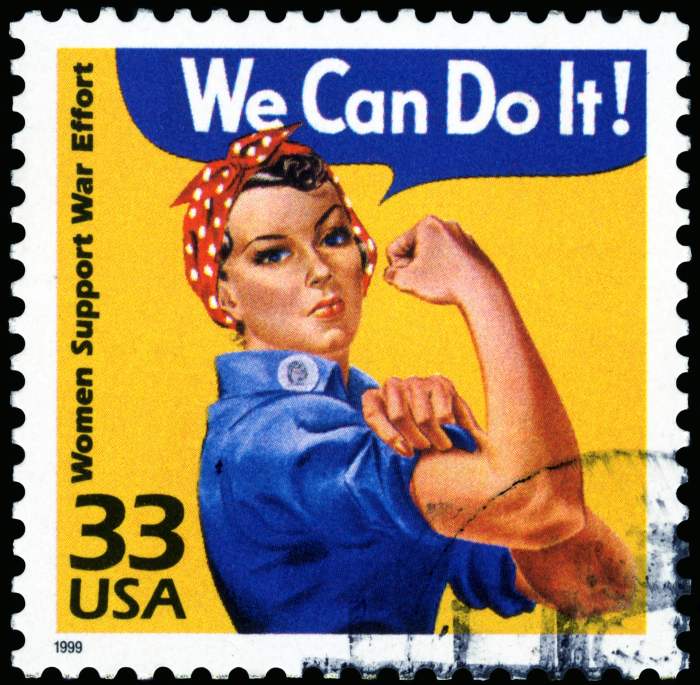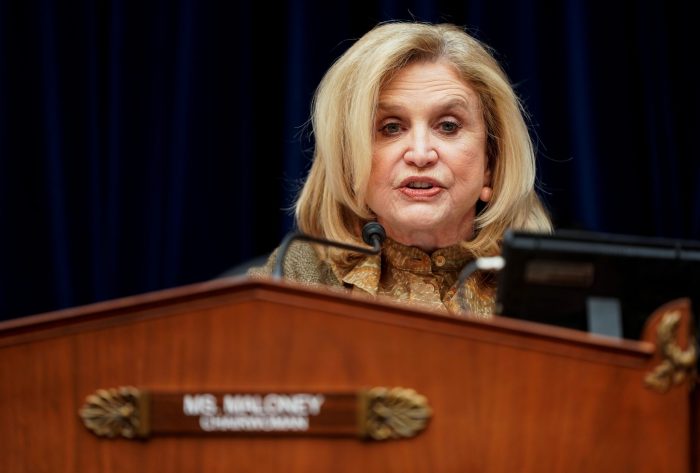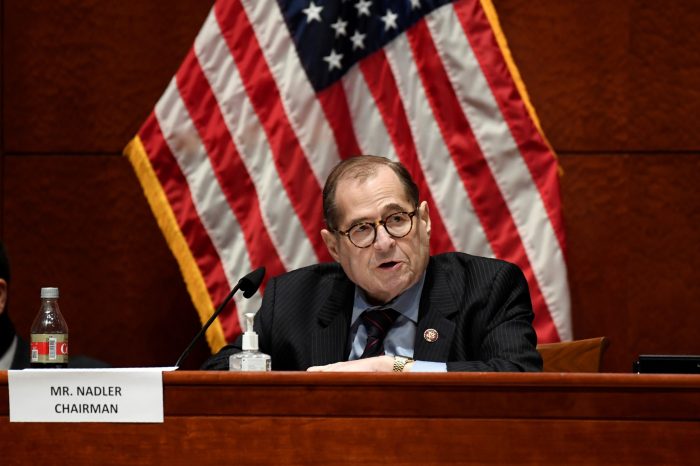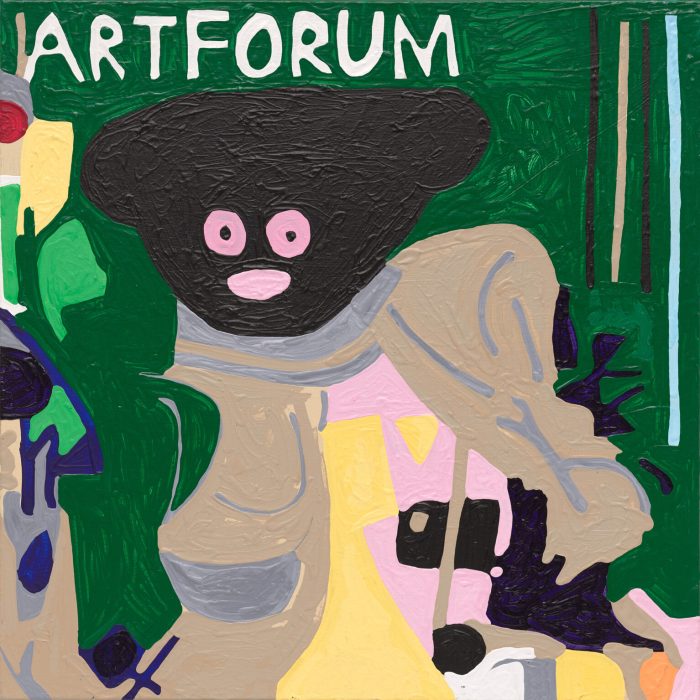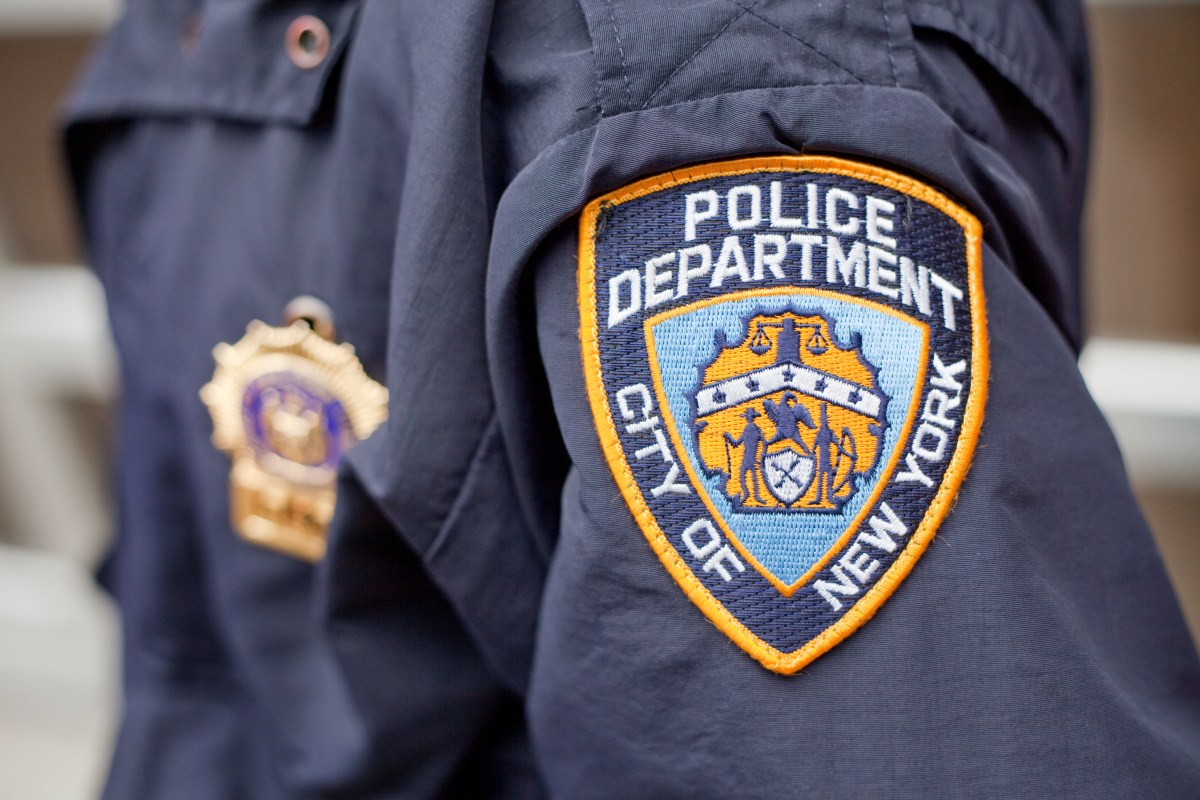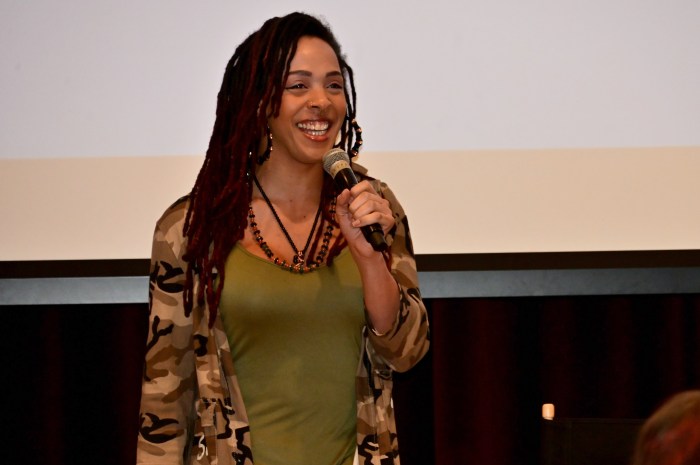The Democratic primary race for Manhattan’s 12th Congressional District is shaping up to be a three-way race according to a poll commissioned by insurgent candidate Suraj Patel, which showed him gaining support over the last several months.
A comparison of two surveys the Patel campaign commissioned found that though he is still short of leading the race, he significantly increased his share of supporters from early June to the end of July.
The survey of 300 likely Democratic primary voters in the district from July 23-27 pegged Patel’s supporters at 25 percent of the sample, with 13 percent of voters still undecided. Sitting U.S. Reps. Carolyn Maloney and Jerry Nadler, who respectively represent the east and west portions of the district, were tied with 31 percent of voters, according to the most recent poll.
Based on the benchmark survey of the district from early June, Nadler was at 28 percent, Maloney was at 30 percent and Patel’s support was 19 percent.
In a press release, Patel’s campaign argued that the incumbents are splitting the same voters, while the district encompasses a plurality of voters who do not believe either deserves re-election. The June survey found that 42 percent of Democratic primary voters are not committed to re-electing either incumbent. The new survey found that category of voters remained at the exact same level nearly two months later.
The Patel-commissioned poll, conducted by Whitman Insight Strategies, used live phone and text-to-web questions, with a margin of error of plus or minus 5.65 percentage points.
Nadler and Maloney, both 30–year incumbents who have been allies for their careers until now were forced to run against one another when their districts were combined in the redistricting process. The Patel campaign has argued since he announced his decision to run for the redistricted seat in June that the results of the 2020 Congressional campaign for Nadler’s and Maloney’s current districts demonstrate an appetite for new leadership.
While Maloney won her campaign against Patel the last election cycle, she did not receive over 50 percent of the vote, according to the tallies the NYC Board of Elections released in August 2020. Nadler, on the other hand, ended up with 68 percent of the vote in 2020 against two insurgents that election year, according to the final vote tally.
The campaign’s comparison of the poll results does have a major caveat though, as the Huffington Post reported.
In the June poll, the polling contractor tested Patel’s popularity both with and without describing his platform. Patel received just 11 percent support in June without describing his candidacy. In the July survey, Whitman Insight Strategies, described Patel’s candidacy for all respondents.
Patel, who has run against Maloney in the past two election cycles, has described himself as a progressive Democrat in the mold of Obama. Patel has made the case that the district contains a younger, more disaffected demographic of Democratic voter that neither incumbent is speaking to.
While Nadler and Maloney have soaked up much of the coverage in the race thus far, each making the case for why they are the most accomplished and qualified to stand up to the U.S. Supreme Court’s conservative majority, Patel has banked on the fact that the undecided portion of the district could provide him with a path to victory.
“Voters have a clear choice this August: a choice between politicians who are more interested in maintaining their own power than in fighting for the issues that matter to our district, versus a new generation of leadership in Washington,” Patel wrote in a press release containing the poll results.




